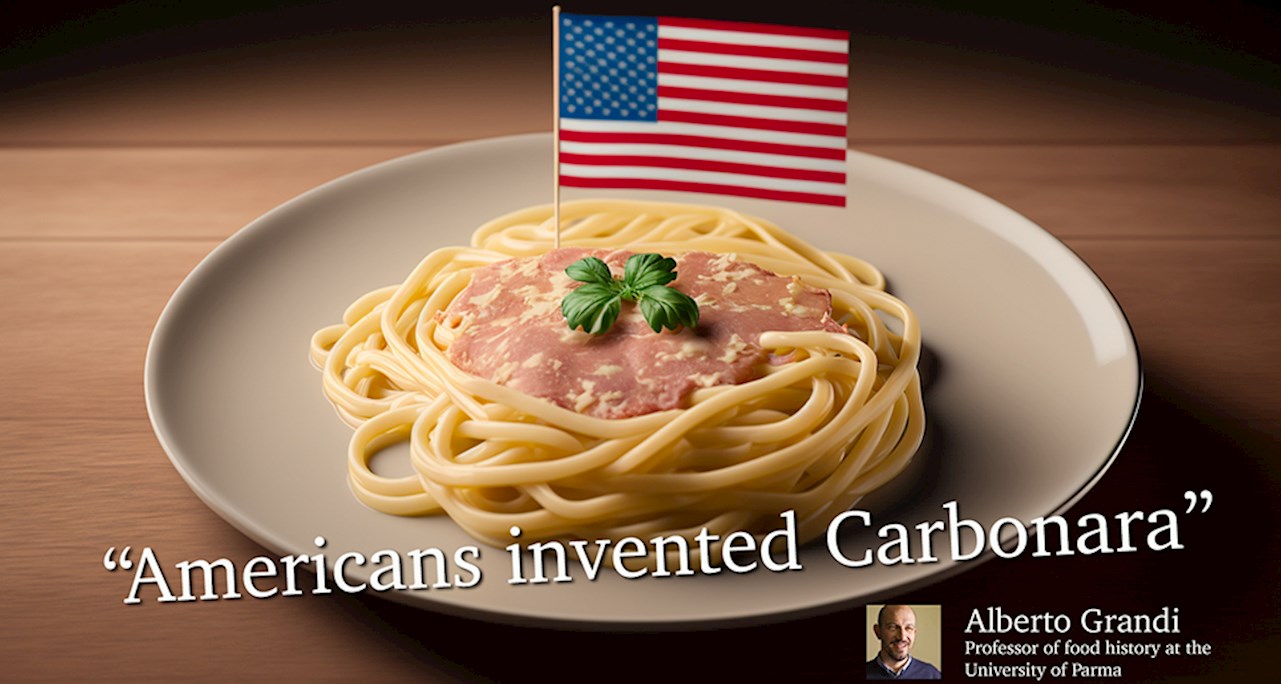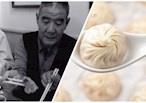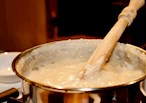In his recent interview for The Financial Times, Alberto Grandi, a professor of Economics and Food History at the University of Parma, writer, and author of the podcast Denominazione di Origine Inventata (Invented Designation of Origin), stirs up controversy yet again by asserting claims that most Italian classics are in fact recent inventions.
Parmigiano Reggiano, carbonara, tiramisu, and pizza are just some of the dishes and ingredients that come to mind when one thinks of Italy. They are considered and presented as age-old foods, steeped in tradition and ingrained in the Italian way of life.
Yet, as Grandi claims, these are all falsehoods invented to reinforce a national identity after the Second World War.
Here are just a few perceptions about Italian food that Grandi dismantles in his work:
Parmigiano Reggiano
THE OFFICIAL STORY
Parmigiano Reggiano, or parmesan for short, is a cow’s milk cheese from Parma, considered one of the world’s top cheeses. It is a hard cheese with a fair crust that comes in huge wheels weighing 40 kilos and is used to prepare many Italian dishes.
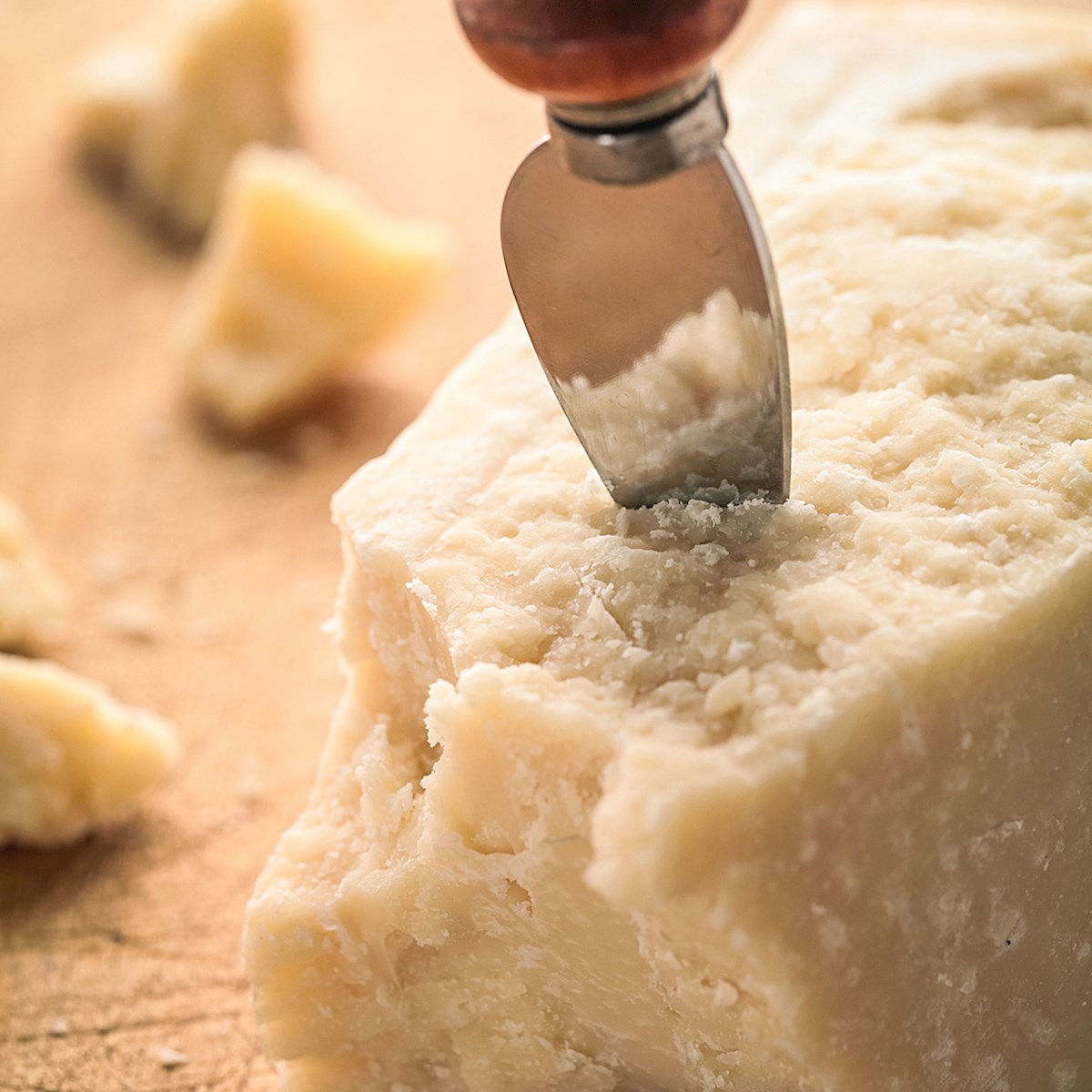 Credits: shutterstock
Credits: shutterstock
PARMIGIANO REGGIANO ACCORDING TO GRANDI
According to Grandi and his research, Parmigiano Reggiano, prior to the 1960s, was softer and fattier than today, had a black crust, and weighed merely 10-20 kilos. The high-quality ones were supposedly so soft when pressed a drop of milk would ooze out.
If you're wondering if there is a chance to come across "the original" these days, you're in luck. Only you will not find it in Italy.
The parmesan cheese that most complies with "tradition" is today produced in Wisconsin, and the reason for this is simple. Italian immigrants brought the knowledge of Parmigiano Reggiano cheesemaking to the US, where they continued producing it without changing the recipe.
Carbonara
THE OFFICIAL STORY
Carbonara is one of the quintessential Roman pasta dishes, sitting side by side with cacio e pepe, pasta alla gricia, and pasta amatriciana. There are strict rules about its preparation and any deviation from the norm is considered blasphemy. If you ask purists, anything besides guanciale, egg yolks, pecorino Romano, pepper, and either spaghetti or rigatoni has no place in carbonara.
 Credits: shutterstock
Credits: shutterstock
CARBONARA ACCORDING TO GRANDI
Although there are many lovely legends about carbonara, like the one that tells carbonara was the dish of 18th-century coal miners, if you ask Grandi, they are all, to put it mildly, just fantasies. The truth is much simpler and a harder pill to swallow, for Italians, at least.
The hush-hush secret is that carbonara is more of a US than an Italian dish! Most experts agree that it was created in 1944 in Riccione by chef Renato Gualandi who served it for dinner to the US army. It was made using the army’s rations of bacon, powdered eggs, cream, pepper, and pasta.
The first carbonara recipe was published in the US, and it listed bacon as one of its ingredients, not guanciale. Also, most Italian recipes from around that time list ingredients not accepted today, like the much frowned-upon bacon and even mushrooms.
Pizza
THE OFFICIAL STORY
Pizza, a round of dough covered in toppings, is probably the most-known Italian dish worldwide. Southern Italy, precisely Naples, is considered the pizza hub of the world; it’s where it all started.
Neapolitan-style pizza is considered the original one, and has two varieties: pizza marinara, and pizza Margherita. The first has a tomato, garlic, oregano, and olive oil topping, while the second has a tomato, mozzarella, basil, and olive oil topping. But the pizza story does not end here.
Today, there is a wide selection of pizzas available in Italy, but outside of Italy as well, especially in the United States, with new varieties emerging nearly every day.
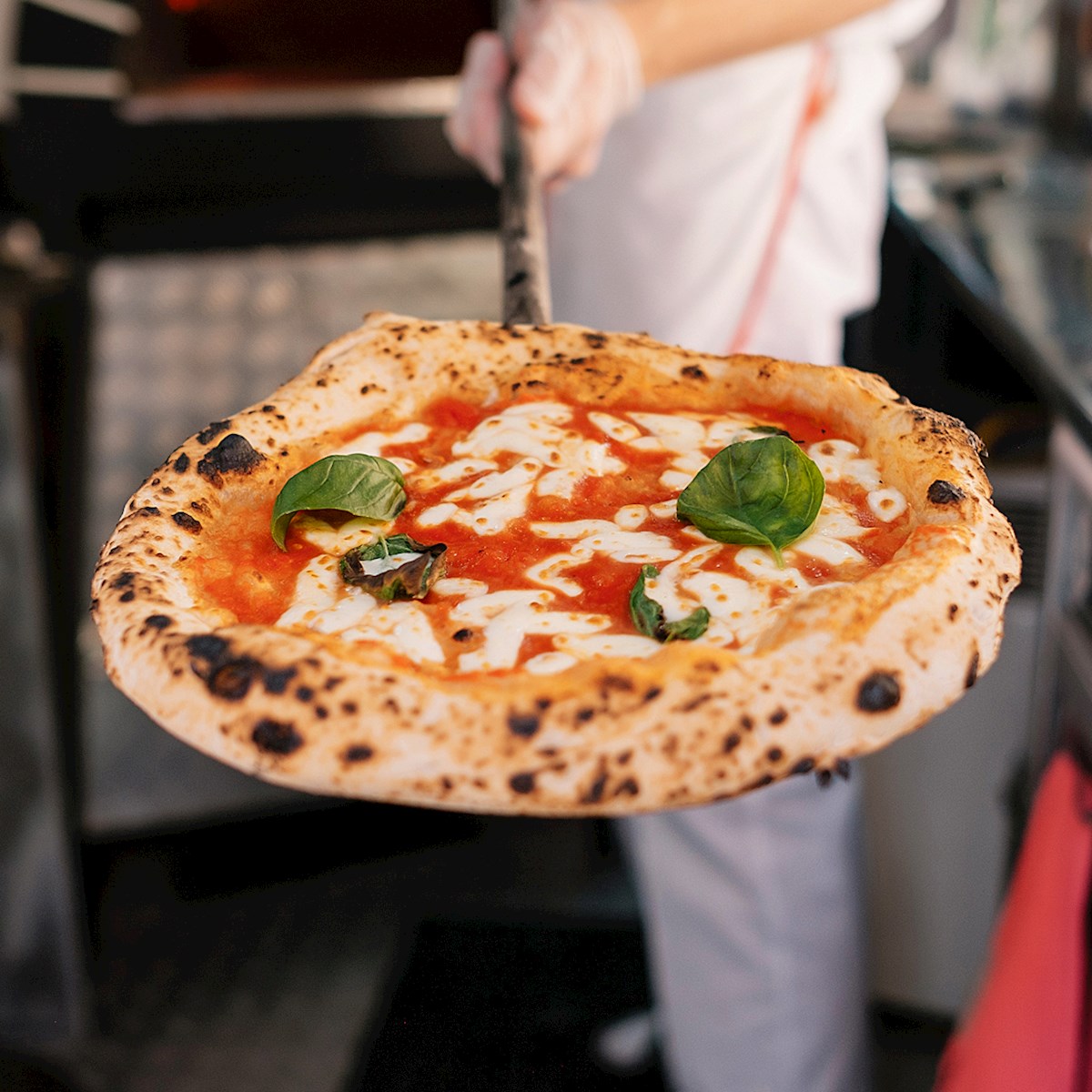 Credits: shutterstock
Credits: shutterstock
PIZZA ACCORDING TO GRANDI
Grandi says there are many holes in the pizza story as well. Mainly the fact that before the 1950s, it was present in only a few cities in Southern Italy, where it was eaten and prepared by lower classes and consumed as street food. It was only after the 1970s that it spread throughout the entire country.
Also, pizzerias, a place where one could sit down and eat pizza, did not start in Italy but in the US, where the first one opened in 1911 (or in 1905, depending on the source). Plus, the sauce, another typical pizza component these days, was first created in the US as well.
Panettone
THE OFFICIAL STORY
Traditionally enjoyed for Christmas, panettone is one of Italy’s most exported products. This dome-shaped bread filled with raisins and candied lemon and orange peels has become such an icon that many bakeries compete each Christmas season to make the best one.
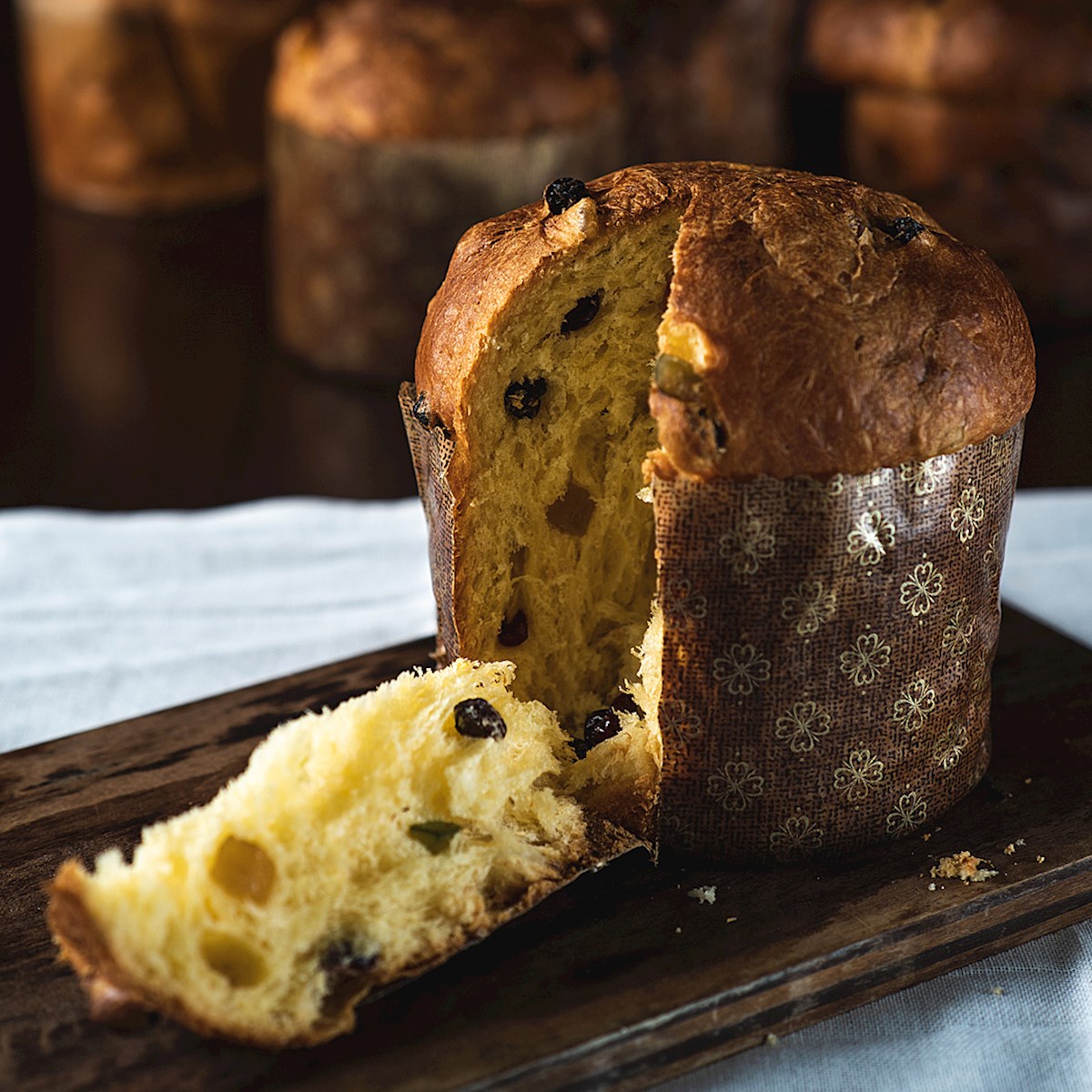 Credits: shutterstock
Credits: shutterstock
PIZZA ACCORDING TO GRANDI
The panettone of the old days was a hard, flat bread with only a few raisins and had no association with Christmas whatsoever. That all changed in the 1920s when Angelo Motti from the Motti food brand came up with a new recipe for panettone which was now shaped as a dome.
By the 1970s, the panettone flooded the supermarkets, and to catch up with the competition, bakeries started producing artisanal ones.
These claims by Grandi also caused a stir...
Apart from those mentioned in this article, Grandi tackles many other topics and dishes in his work.
For example, the problem of the sea of Italian wine denominations, whether they bring more bad than good, and what is good and bad with that system. Or, how tortellini originally had a chicken filling, not pork, or that pizza Margherita has nothing to do with Queen Margherita of Savoy.
But above all, he insists that the claim that Italians taught the world how to eat and cook is not true and insulting towards the rest of the world.
The aftermath
Not surprisingly, his claims touched the soft spot of many, as his claims received much backlash, mainly from politicians and the people in the food and beverage industry.
But as Grandi stated in another interview following the backlash, "I don’t understand why many attack me. I don’t question the quality of Italian food or products, I reconstruct the history of these dishes in a historically and philologically correct way. With my studies, I have shown that many preparations derive from the last 50 to 60 years of history and from interactions with the American culture."
